How to build a better measurement planThinking in circles
Thinking in circles is a framework we developed to ask better questions.
Why should you ask better questions? That’s a great question.
And I’ll start by sharing a story with you.
The story is about failure.
We had a client that needed us to track their (SAS) website and help them gain business insights and improve their conversion rates.
We got all the permissions and set GTM, GA in place, built beautiful reports in Data studio, got back with the client and everything was great.
But then we sat down to analyze the user behavior and we struggled to find insights and get to impacting results.
We had good tracking, good dashboards but something was missing.
Our business knowledge and understanding were lacking.
Therefore, we built this framework, to help you understand the business and building the right measurement plan to help you gain better insights and improve you KPI’s.
So how does it work?
The analytics triangle
Most analysts (including us till that day) are starting their process from top down, they start with tracking, proceed to the reporting and finish with optimization.
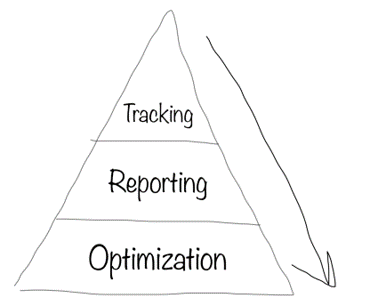
We think there is a better way to do it
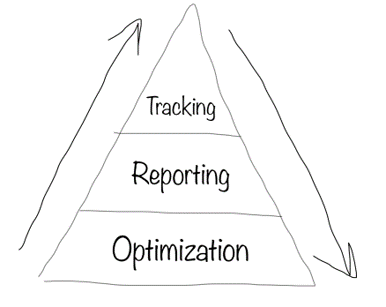
Instead of going from tracking to optimization we go from the optimization to the tracking.
Let’s explain, starting from the optimization makes you think about the business, about what you want to improve, build the reports in your mind and then figure out what you want to track and how to do that.
But how are you starting with the optimization?
Well it all starts with asking the right questions.
How to ask better questions?
We developed a very simple framework that relies on a Venn diagram.
we place on these circles the 3 elements every business in the world must have
The User — every business must have users it wants to engage with, sell them, someone who is interested in what they have to offer.
The Platform — the platform is where the interaction between the users and the business happen.
this can be a website, an offline store or any place where the interaction occurs.
The Product — that’s what you offer, starting from ecommerce sites are offering products, could be the content you want the users to read or engage with or gathering leads.
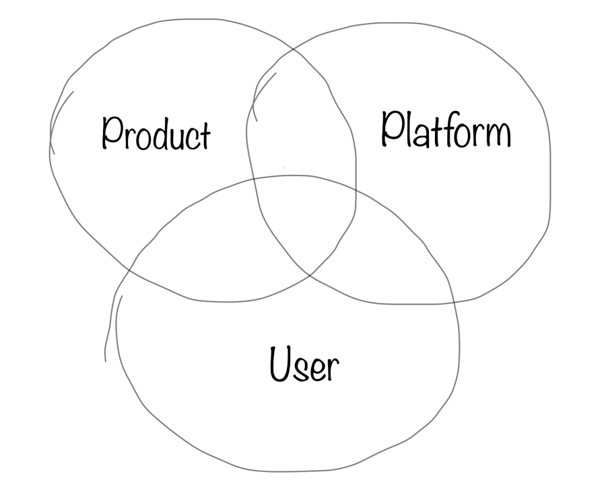
What kind of questions should I ask?
Let’s start with some basic questions about each of these circles alone.
Users
– Which traffic sources are driving traffic to my website?
– Which devices are users using to visit my website?
– What are my visitors ages? genders?
Platform
– What are my most used devices?
– What are my top visited landing pages and what is their bounce rate?
– What is my site speed loading times?
Product
– What are my most purchased products?
– What is my average order value?
– How many products are bought on average?
These are simple questions you can ask about each of these circles alone.
The interesting parts are the OVERLAPS of the circles
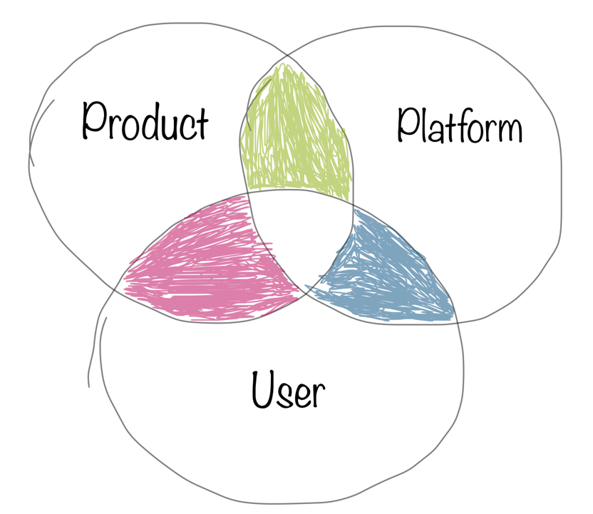
Platform + User
– What women and men search in website?
– How long does it take to a page to be loaded in Mobile vs Desktop?
– How many days does a user visit during a 7 days trial?
We engaged with two circles, we added context and asked a better question.
Let’s take another example
Product + User
– What is the lifetime value for each of our audiences?
– How many transactions a user makes in a year?
– How many days users purchase flight tickets before the flight?
– How many days users purchase flight tickets before the flight?
And the third two circles overlap
Product + Platform
– In which page I should implement a lead form?
– How many products I should present in the homepage?
– How many products I should present in a list?
– How does video length influence the add to cart rate?
Take your time think about each of circles and each of the overlaps, write down all you question in an excel spreadsheet, everything goes in (we will later decide on which ones to keep)
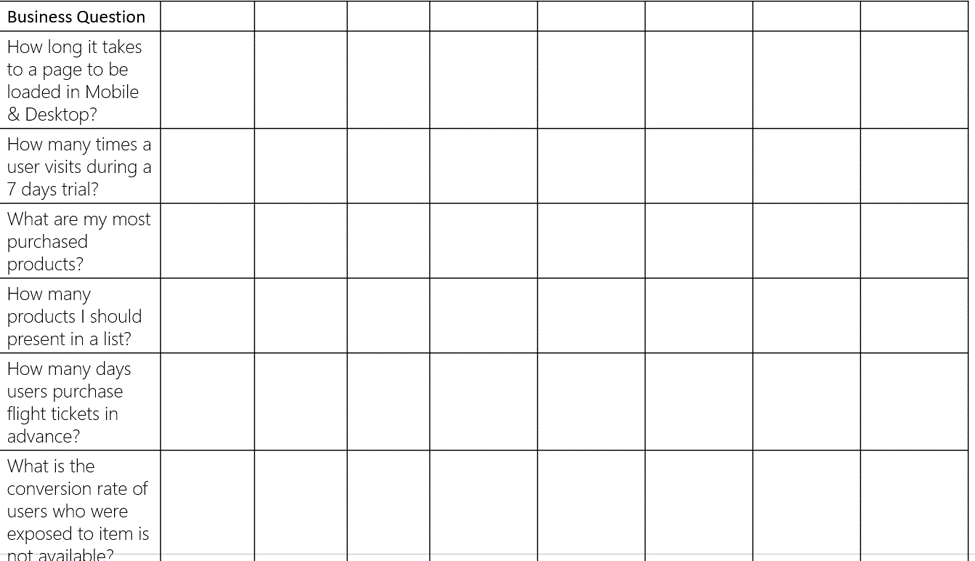
Choosing your KPI’s
Now that you have all your questions you can choose KPI’s.
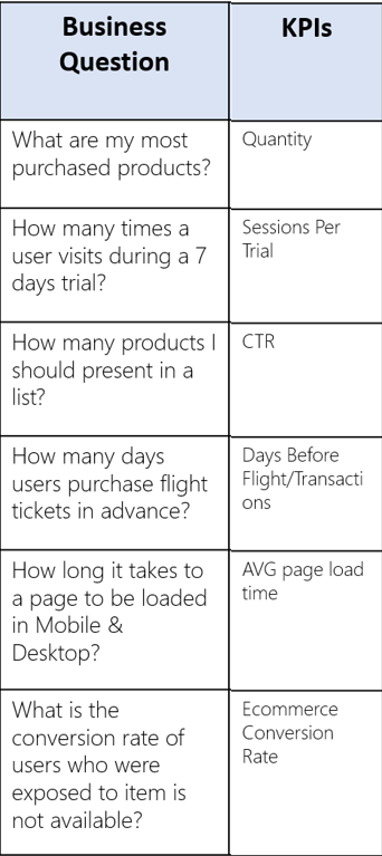
Building your measurement plan
Now that you have your questions and KPI’s you can start building your measurement plan because now you know what you need to track.
To your spreadsheet you add more columns such as event, dataLayer, custom dimensions and metrics and mark what’s needed for you tracking.

Summarize
Starting with the optimization and asking good questions helps you in building better tracking.
don’t work with best practices, they won’t necessarily suit your business needs.
Ask the right questions for you business, build the reports (even if they are blank and it seems strange)
Building the reports helps you seeing if the question is answerable, if you cant build a report maybe the question is too abstract.
On the next article we will share some of our principles on how to ask better questions, what are the indicators that a question is a good one and how to find answers to these questions.
If you can any questions, feel free to reach out.